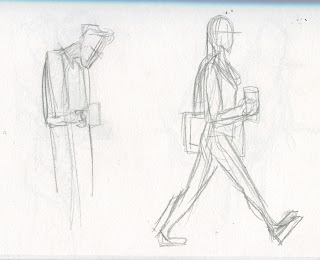Study Task 12 - Secondary Motion
I got my sister to record me popping up and ravishing the mango tree in our backyard (she didn't even question it). I then transformed myself into a goat-donkey hybrid. Basically, my spirit animal. I learnt that keeping a rough copy of the moving pieces on the side as reference helps maintain their mass and volume.
What worked well:
- The ears flopping about really sold the whole chomping-down-on-leaves action
- The beard made the animation less uniform/symmetrical
What could be improved:
- The ears are too floppy and uniform, maybe one ear could be slightly raised?
- The ear motion is a bit too erratic, this could be fixed by making them less floppy too























